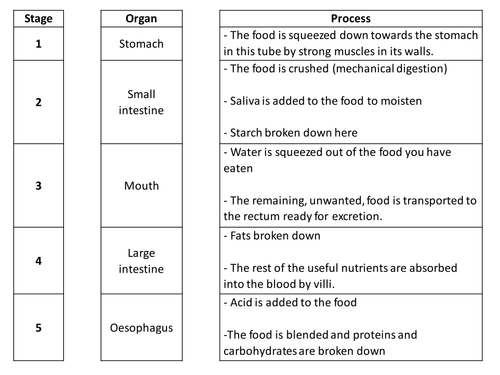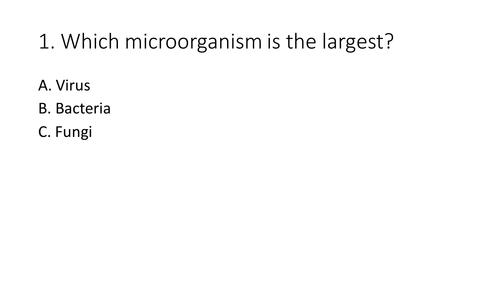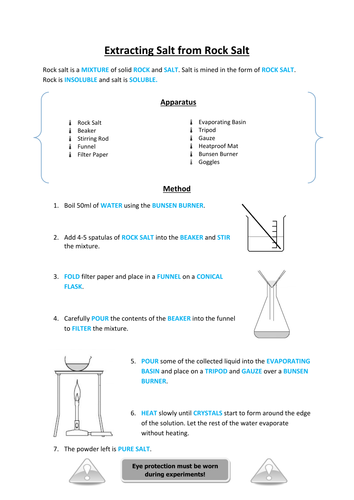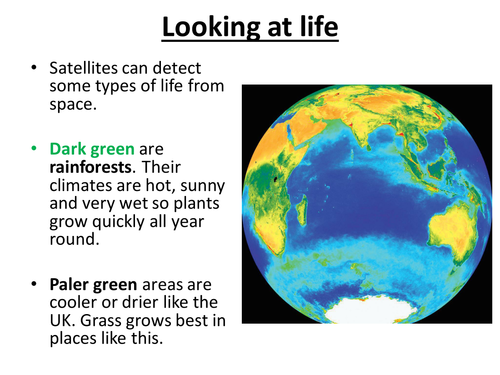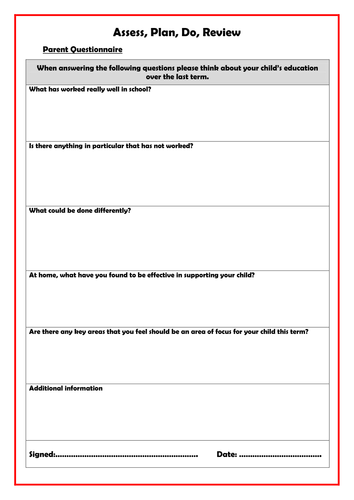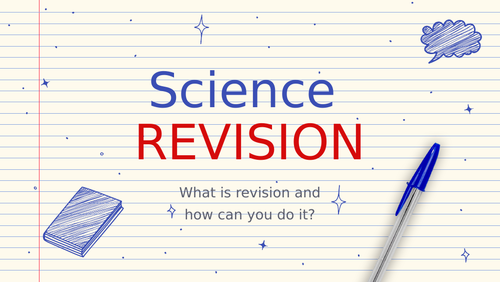
91Uploads
54k+Views
3k+Downloads
All resources

Circulatory System
explain what is meant by a double circulatory system
2. understand that the blood carries glucose molecules and oxygen to the muscles, and waste products such as carbon dioxide away from muscles
3. relate the components of the blood to their functions, including:
a. red blood cells – transport oxygen
b. white blood cells – fighting infections
c. platelets – blood clotting at injury sites
d. plasma – transporting nutrients (e.g. glucose and amino acids), antibodies, hormones and waste (carbon dioxide and urea)
4. understand how red blood cells are adapted to their function, limited to:
a. packed with haemoglobin (to bind oxygen)
b. no nucleus (more space for haemoglobin)
c. biconcave shape (increased surface area for oxygen exchange)
5. describe and name the main structures and blood vessels of the heart including the left and right atria and ventricles, vena cava, aorta, pulmonary vein, pulmonary artery, coronary arteries and valves
6. describe the function of valves in the heart and veins
7. understand how tissue fluid is formed in capillary beds and that it assists the exchange of chemicals by diffusion between capillaries and tissues, to include oxygen, carbon dioxide, glucose and urea.

Data table Vital signs
Data table designed to support students collect data from peers while carrying out the following techniques:
Oxygen saturation
Pulse rate
Blood Pressure
Vital capacity
Blood glucose
Peak Flow
Table includes space to record 3 readings for each participant and space to calculate averages.

Deficiencies: Full lesson including activities
Deficiencies lesson:
Starter included is digestive system match up activity.
Powerpoint for the lesson
Symptom cards and patient information
Diagnosis table.

Induction lesson - chemistry, analytical techniques
This is a powerpoint used as a taster lesson for applied science and chemistry courses at a-level.

Electricity long response questions
two questions with keywords and hints on how to structure answers

Salt extraction practical activity
Method to follow for KS3/4 pupils to extract salt from rock salt
Extension questions to answer when practical is completed

Long response questions - plants
Could be used as a homework activity or a plenery during a lesson - possibility for peer assessment

Peer assessment sheet - oral presentations/poster presentations
Peer assessment sheet - oral presentations/poster presentations.
Can be printed on a different colour paper and stuck into exercise books providing students with feedback from their peer group.

Peer assessment recording sheet
Can be printed on another colour paper and stuck into students books once feedback has been given to them by their peers.

Assess, Plan, Do, Review - Parent questionnaire
Questionnaire to be sent out to parents in advance of the APDR meeting each term to gain their views.
Provides parental voice and can be collated alongside school and child questionnaires as evidence to back up targets.

How to Revise Science
PowerPoint/Google Slideshow covering
What is revision?
why revise?
The brian
How to revise - time management
- how to prioritse
- Revision techniques
- suggested websites/apps/podcasts etc
- least effective methods
Great starting point for any year group on where to begin with their revision.



